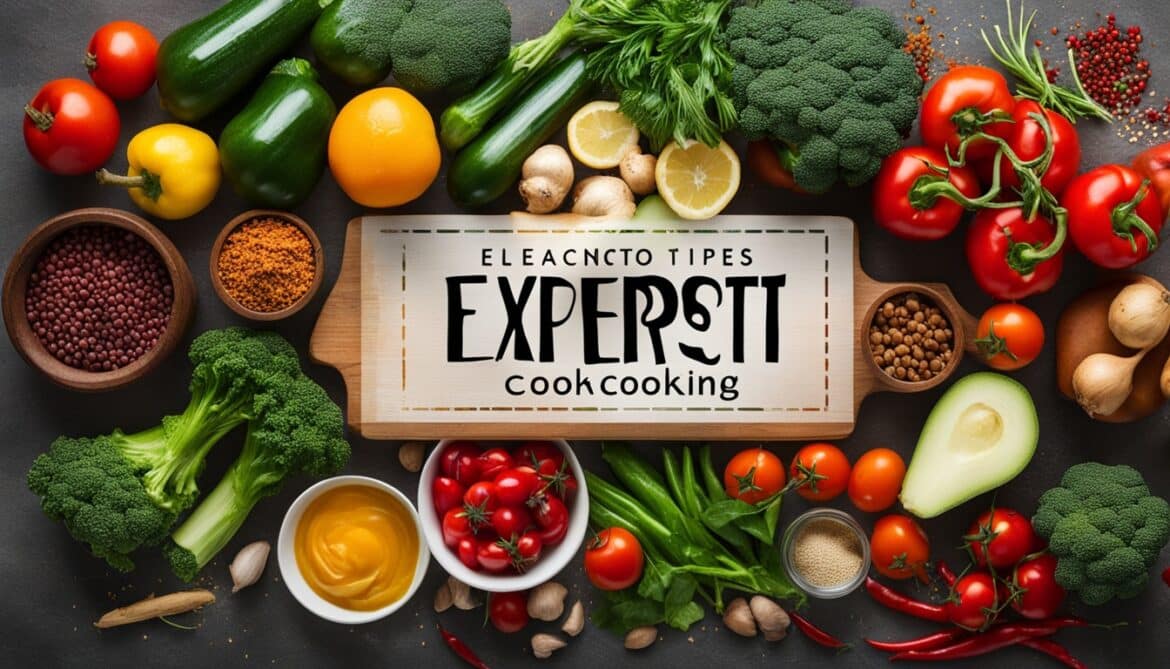Meal prep can revolutionize how you eat healthy and hit your fitness targets when life is busy. By planning and preparing, you can enjoy yummy, healthy meals all week. The secret to keeping your food at its best is using the right containers. Here’s how you can up your meal prep game with smart packaging: Key Takeaways: Meal prep is a time-saving practice for having healthy meals throughout the week. Proper packaging is crucial to maintain the freshness and taste of your prepped meals. Choose durable, leak-proof, and microwave-safe containers for packaging your meals. Portion and label your meals to ensure proper portion control and easy identification. Follow proper storage techniques to prevent spoilage and maintain the quality of your meals. Choose the Right Containers for Packaging Your Meals Choosing the best containers for your prepped meals is crucial. The right meal prep containers help keep your food fresh and tasty. This makes your meals easy to enjoy all week long. It’s vital to pick containers that are strong, don’t leak, and can go in the microwave. With these, your …
Tag:

